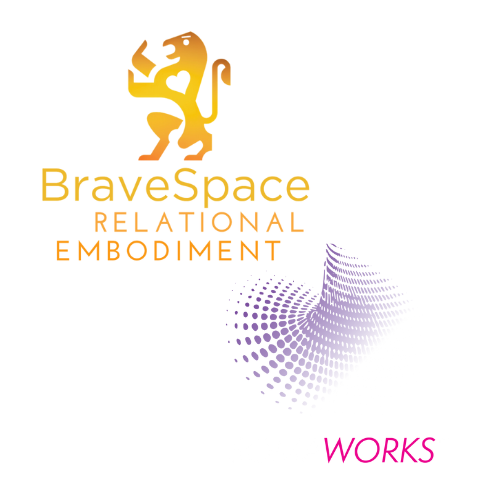Two sides, one lever
Today I worked with a client experiencing pain deep in her hip. I assisted her once in the past by taking five minutes to help her soften her hip flexor at the front of the painful hip. This worked for a few hours. Today we had the chance to work more deeply, and something both surprising and quite common came up–the other hip is the tighter one. What?
My last blog entry was about support. We are always navigating a relationship between stability and mobility, and both are created by utilizing our connection to the earth through gravity. If one hip joint is held more tightly than the other (and you can replace ‘hip joint’ with just about any body part), then it acts as a fulcrum by which the other side has to move more, and usually with less control over its own fate. To simplify the situation, imagine a see-saw with its fulcrum, or support, in the middle. Each side moves equally with two kiddos of equal weight. Now imagine if the fulcrum is moved more toward one end of the see-saw. Now we can put a kiddo on one end, and an adult on the other. This is great for a while, but eventually the adult moves too fast, or gets distracted by his/her iPhone, and the kiddo, way out on the end of a long lever, gets dropped or catapulted! When one side is tighter than the other in our hips, shoulders, or even our organs, our connective tissue network automatically adjusts our support: Our use of leverage and fulcrums inside our body compensates. However, this puts undue stress on the most mobile parts of our bodies! The hip that hurts, goes into spasm, and otherwise complains, is usually being abused by a silent, less willing, or less aware partner. It’s a bit like internal whiplash! Surprising in the moment, but absolutely the norm.

0 comments